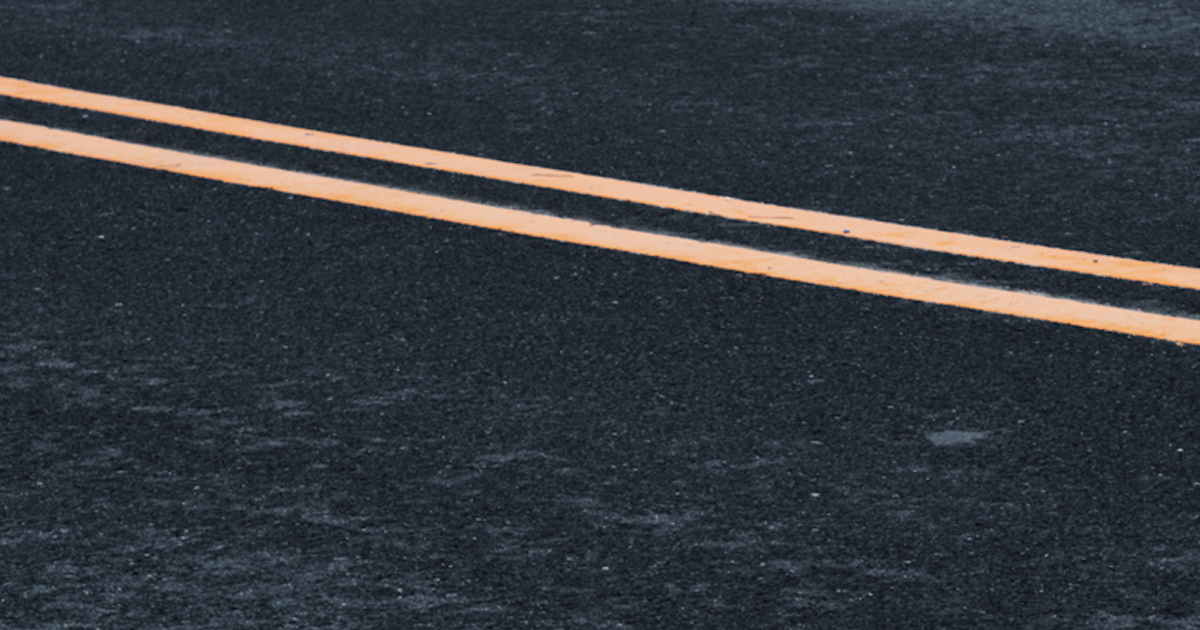How Do Self-Driving Cars Work?
MINNEAPOLIS (WCCO) -- On Tuesday evening, three local engineers took off for a special kind of cross-country trip.
The group from St. Louis Park-based VSI Labs will be taking four days to drive an automated car from Minneapolis to Santa Clara, California.
They're testing one piece of self-driving technology that will eventually become commonplace on our roads. Without the use of cameras, the trio wants to test how well the car can keep in its lane using highly-specialized HD maps and GPS.
VSI Labs engineers have been testing the lane keeping system on Minnesota highways, but they're ready to bring their decked-out Ford Focus on a 2,000-mile journey.
"There are plenty of other environmental conditions we don't have here, like mountains, valleys deserts, heat," said Sara Sargent, engineering project manager for VSI Labs and one of the drivers on the trip. "We hope to encounter all of those different landscapes across our drive."
Each of the drivers will keep their feet near the pedals and hands near the wheel when the automation is engaged.
READ MORE: Polaris-Made Self-Driving Vehicle Pulled Over By Curious Officer
"I'm keeping my focus on the road, so I'm ready if the system were to fail or do something that it shouldn't be doing," said Jacob Miller, a VSI Labs AV Solutions Engineer, while on a test drive along Interstate 394 on Monday afternoon.
Attached to front of the VSI Ford Focus is a radar to identify objects in front of and to the side of the car.
"We'll use this to identify that there is a vehicle ahead of us and then our vehicle will maintain its speed so we have proper safe following distance behind that vehicle," said Sargent.
Right now, there are at least 100 companies working on automated vehicles and 1,000 working on the accessories that support them, according to Phil Magney, founder and president of VSI Labs. At this point, he believes most of the technology has developed enough to support automated driving.
"Without too much difficulty, you can get to 95% or 97%," said Magney. "The challenge and the hard part is getting that last edge cases so you know that vehicle and can operate under most conditions safely."
The cross-country crew isn't testing all the technology that comes with automated cars, including thermal imaging and LIDAR, which is 64 lasers that give engineers a 360-degree 3D view of what's around the car. Rather by isolating the lane keeping technology on the trip, VSI Labs can test how well those particular piece of equipment work under stress and limited connectivity.
If you want to follow VSI Labs cross-country trip, the company has a microsite tracking the car.



